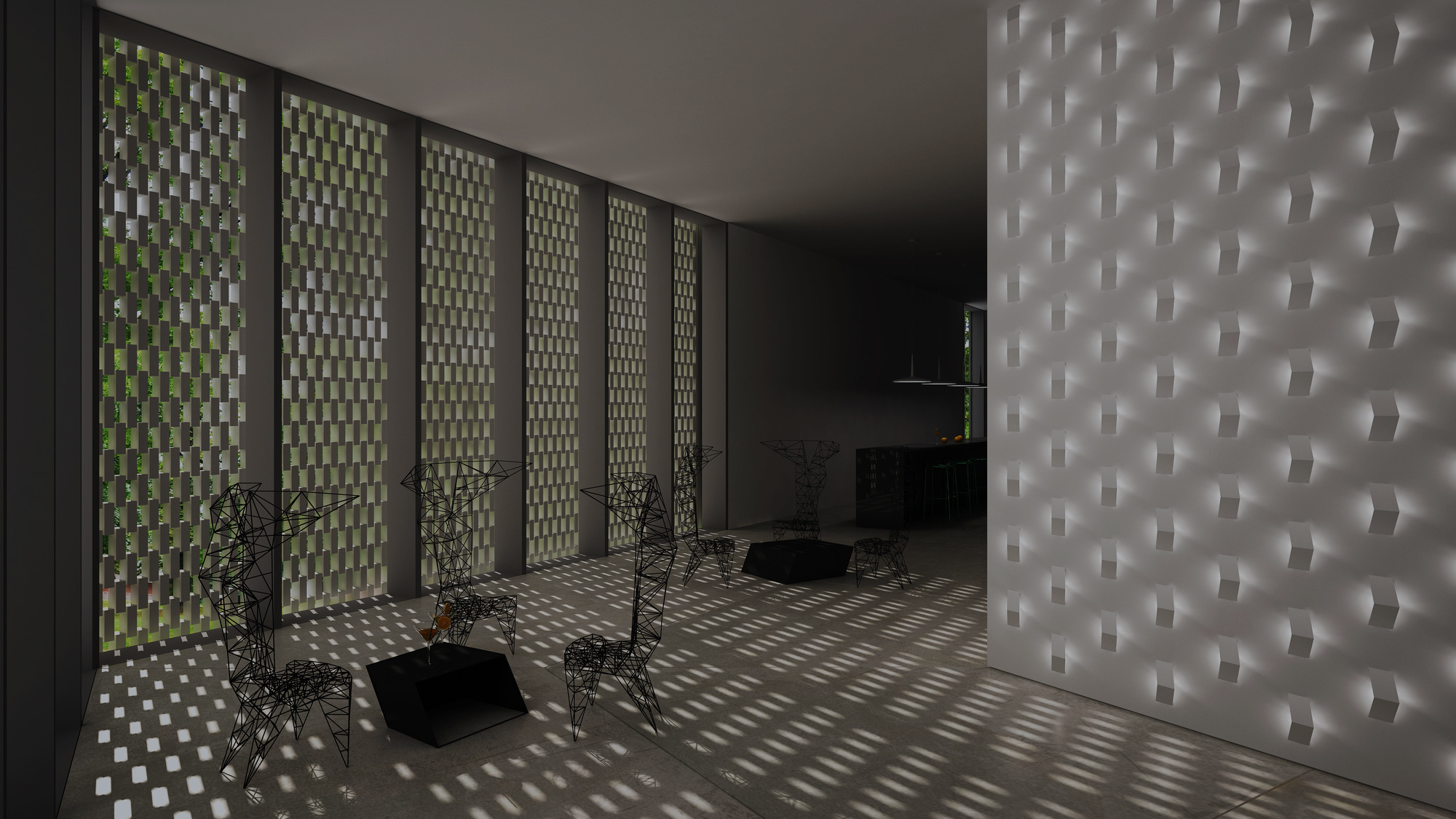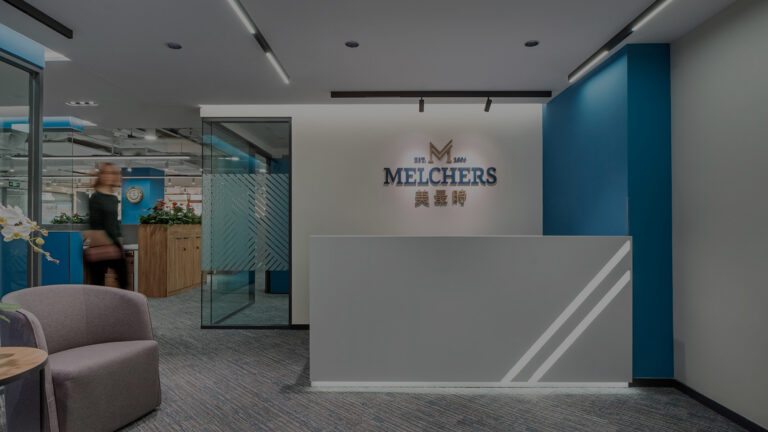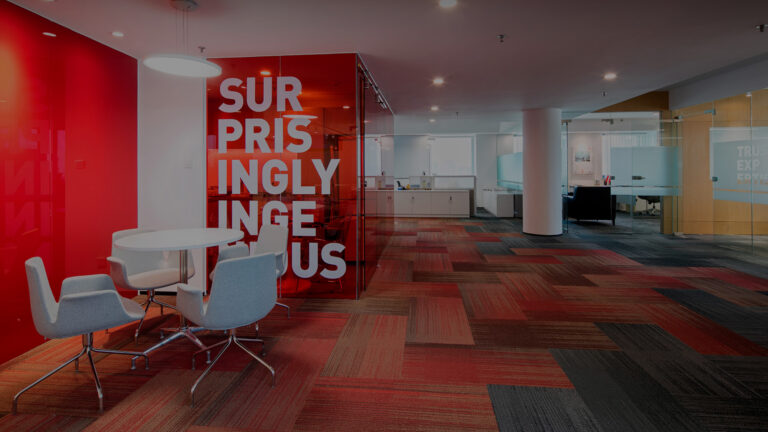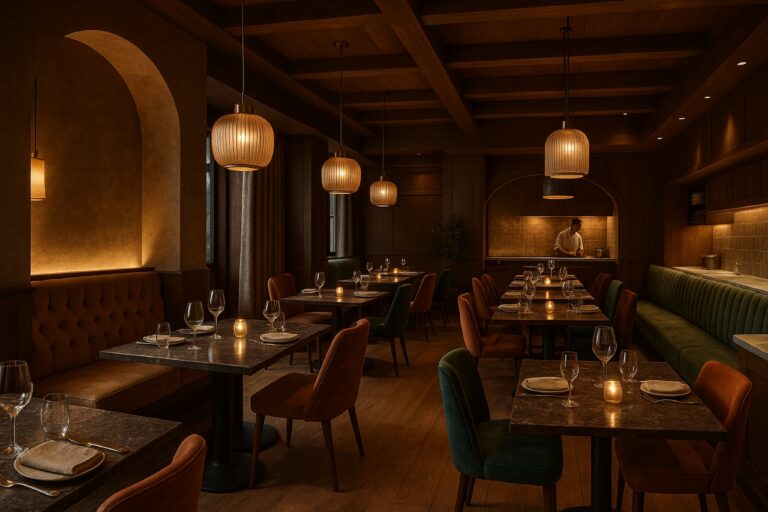In the previous two articles, we have introduced the basic concept of environmental psychology. We have shown through examples that living and working in a place where design is done with the users in mind would produce positive psychological benefits. On the other hand, we have covered how people’s moods and stress levels can be negatively affected by their surroundings. In this last article, we approach the topic from a more practical angle. We write about the process of integrating human factors as well as traditional and modern methods to enhance the positive effects of architecture on humans.
Integrating Human Factor
To create spaces where people feel well, designers should integrate the psychological criteria of the design already before the planning starts. During the planning phase, the project should be constantly monitored and optimized so that inadequacies can be found and corrected. To gather know-how from different perspectives, various interest groups such as health managers, city planners, psychologists, and physicians should be integrated. When designing for people, it’s essential to hear their opinion and implement their feedback. However, when witnessing the history of architecture, we can see that human preferences have changed over the centuries. This creates the question, of whether to follow evergreen rules or rather the momentary preferences of the present-day users.

Architecture trends have changed over the centuries. New materials and building processes have been discovered, some styles have come and gone, while others have stayed and been around for centuries, influencing present-day architecture. Architects might wonder how they should take into consideration the psychological effect of their design on the public. The most important question might be this: What feelings, emotions, and states of mind triggered by the building should the occupiers have?
The Nine Square
One classic approach, the nine square is not a recently discovered architectural phenomenon. Various nations and cultures used it throughout history. In ancient Asian cultures, they believed it to have cosmological significance. In the Middle East, it represented primordial and perfect form. It was also excessively used during the Renaissance and neoclassical eras.
Don Ruggles who is an architect and a writer has spent an excessive amount of time in Europe and Asia observing and analyzing buildings to find the answer for what makes them beautiful. In his book, Ruggles emphasizes the timeless pattern of the nine-square grid. The root pattern of the nine-square consists of a 3 x 3 grid, with a center surrounded by 8 squares as an exterior zone. The pattern can be applied to all levels of design: city plans, exteriors of buildings, and floor plans. The pattern overlays each pyramid of Giza, the center of it has been utilized in the Basilica of St. Peter in Rome. Other great examples are Greek Parthenon, Roman Pantheon, and the Taj Mahal in India.
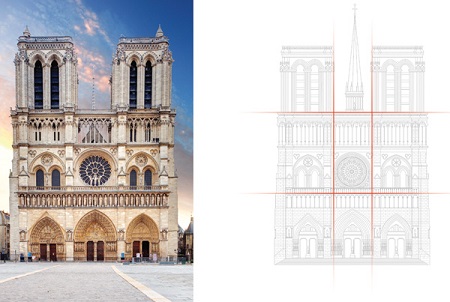
When recognizing visual patterns like the nine-square, the human brain subconsciously activates pleasure responses. This confirms that architecture has an important role in our health and well-being.
Modern Day Elements
Light
Light makes space alive and defines its meaning. Light plays a massive role in architecture and our psychological behaviors. That is why designers need to study the effect of lighting on humans.
A research group under Dr. Roger Ulrich discovered that natural light optimally regulates our body rhythms and can even increase people’s productivity and comfort. When designing for lighting, the support of circadian health should be considered. For example, electric tunable lights, tailored to specific circumstances provide physiological and functional aspects.
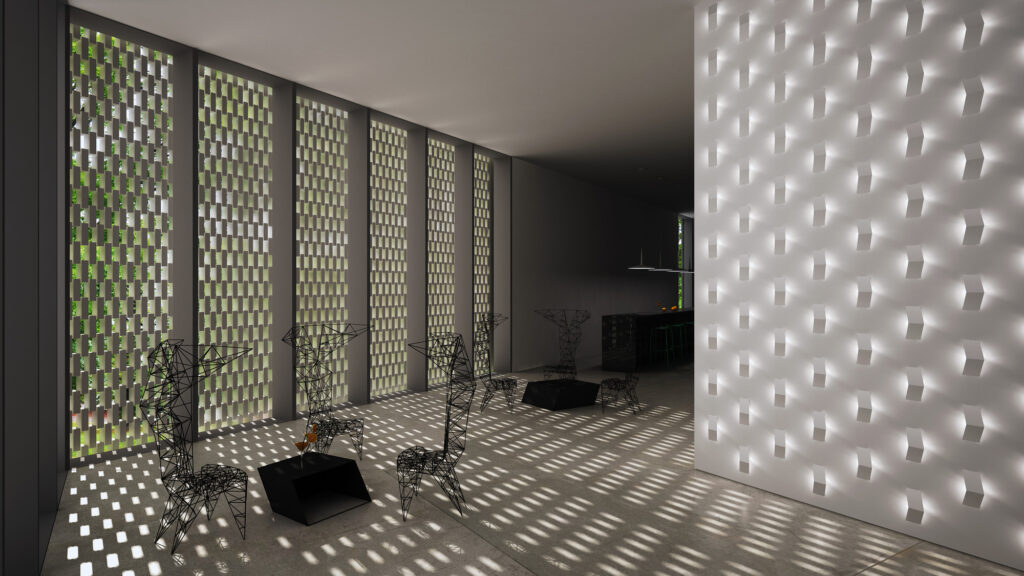
Space
Space control people’s movements by creating a flow and leading people where to look, where to go. When designing interior spaces, the function of the space, the time people will spend in it, and the mood you want the space to evoke should be taken into consideration. Generally speaking, open spaces are more positive and inviting and can boost creativity, while on the other hand, closed or tight spaces have a more negative impact.
Colors
Colors convey sentiment, memories in people. Our body, organs, skin cells, and nerves get affected by them. Colors not only influence our moods but also change architectural perspectives by making us sense the space differently. Choosing the right color for both interior and exterior architecture mainly depend on the emotions we want to evoke. In an article from last year, we wrote about how restaurants choose colors and designs according to their profile. They can encourage customers to stay and enjoy the evening by the use of dark colors and low lighting or with bright colors they boost quick consumption in fast food restaurants.
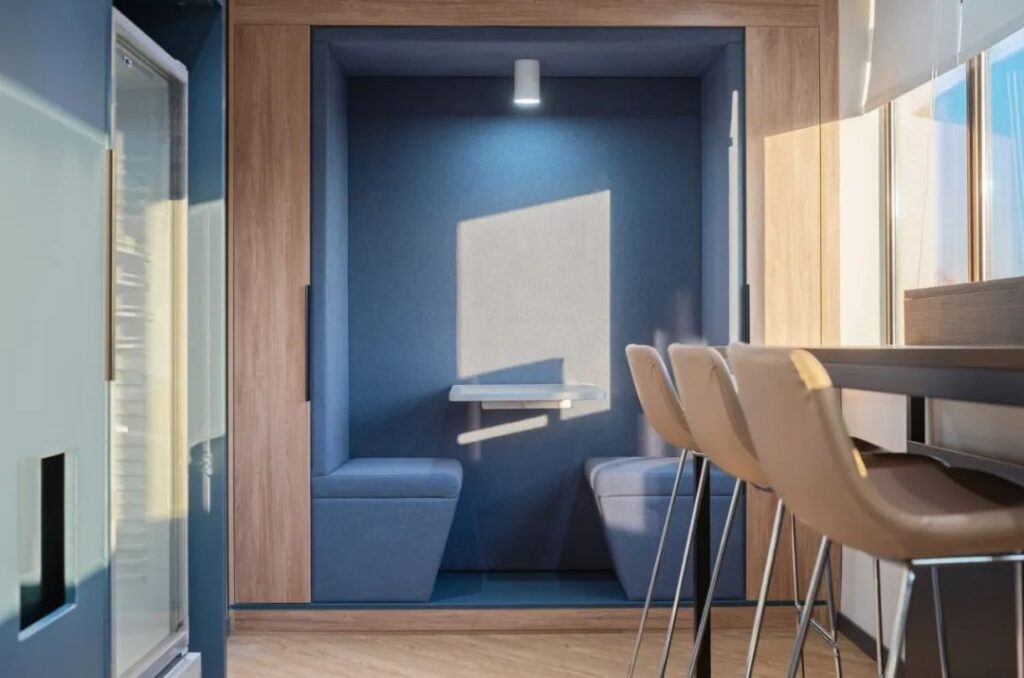
When implementing psychology into architecture, there is no single good solution. Architecture will always have a different effect on everyone, because of our different patterns of perception, personalities, and cultural imprints. It will always be difficult to define what would work for everyone but taking into consideration how people might be affected will help to define clear directions for buildings that inspire and evokes a good mood.

